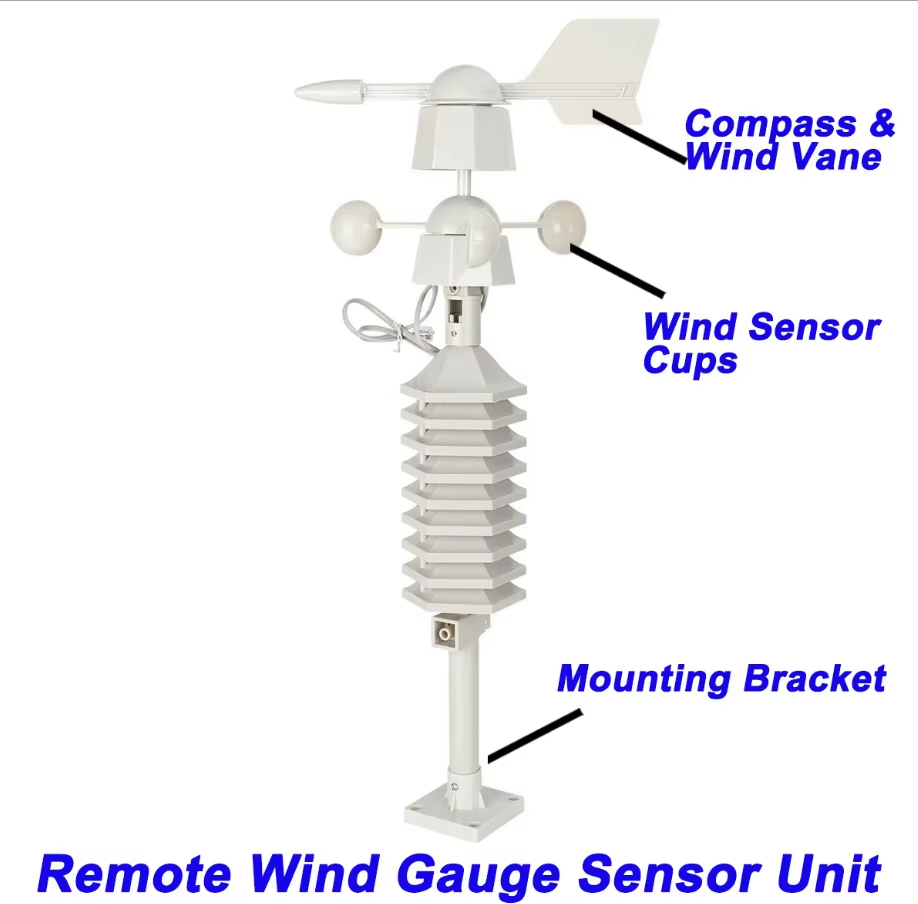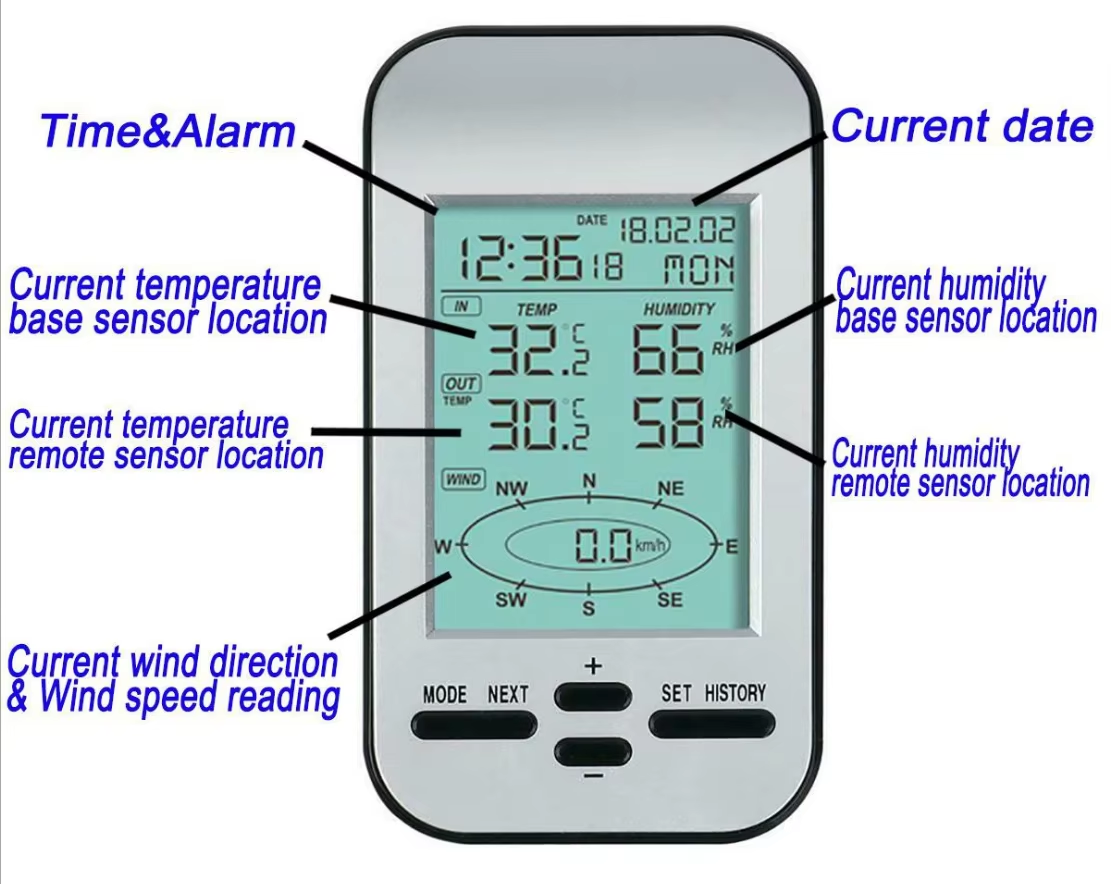Weather plays an important role in our daily lives and when the weather turns bad, it can easily disrupt our plans. While most of us turn to weather apps or our local meteorologist, a home weather station is the best way to keep track of Mother Nature.
The information provided by weather apps is often inaccurate and out of date. While your local weather forecaster is the best source of information, even his reports are nothing more than best guesses because they are not in your backyard. The weather can change dramatically in just a few miles, and a home weather station can give you an accurate idea of what’s happening outside your door.
Our best forecasters are not only accurate forecasters, but they can also do things like turn on smart lights when it’s cloudy or at sunset. When rain is in the forecast, integration with a smart irrigation system ensures your sprinklers aren’t wasting water on your landscape.
Each sensor in the weather system (temperature, humidity, wind and precipitation) is integrated into a single housing. This makes it extremely easy to set up and costs much less than other high-end systems. It can be transmitted to the computer software via wireless module, and you can observe the data in real time.
This home weather station is a great value and a great starting point for amateur meteorologists. If you live in an area prone to severe weather, it’s a good idea to seek out a weather station with more accurate weather forecast sensors. Beyond that, you can expand and customize your system to meet your needs now or in the future.
The evaluation period for each weather station is at least 30 days. During this time, we observed the operation and accuracy of the station in various weather conditions. Accuracy was assessed using a local National Weather Service observing station located 3.7 miles northeast of our location and combined with data from our test station to account for local weather variations.
Given focus, we’re particularly interested in how home weather stations can be integrated into smart homes. Is it easy to use? Does it provide useful information? Most importantly: does it work as expected?
Other factors where a weather station plays an important role include the ease of installation, the quality and usefulness of the apps provided, and perceived durability. While 30 days is a short time frame to truly measure durability, our decade of experience testing home weather stations allows us to make an educated guess about their ability to withstand the elements over time.
The weather station comes with a base station and an indoor/outdoor temperature/humidity sensor, but you’ll also need a rain gauge and a wind sensor to really enjoy the station’s capabilities.
As with any product, spending more money doesn’t necessarily guarantee you’ll get a quality product, choosing a high-quality, high-precision one may be more suitable for you.
Accuracy: Accuracy is by far the most important factor and the most difficult to measure. Here we recommend that you check the specification and choose a workstation with less error.
Battery or solar? Today, almost all weather stations operate wirelessly, communicating with a base station via Wi-Fi or cellular networks, so your instrument will run on batteries or solar power.
Durability: The environment can be harsh and your sensors will be exposed to harsh conditions 24 hours a day, 7 days a week, 365 days a year. Cheap stations are built from low-grade plastic, which quickly deteriorates. Look for a well-designed workstation and avoid all-in-one devices that house each sensor in a single housing. The bulk of the cost comes from the sensors, and if one of them fails, you’ll have to replace them all, even if the others work fine.
Scalability: Your weather station may work well now, but your needs may change over time. Instead of buying all the bells and whistles upfront, save some money and buy a mid-range product that can be expanded with new and different sensors in the future. This way you will never go beyond it.
Post time: Jul-31-2024



